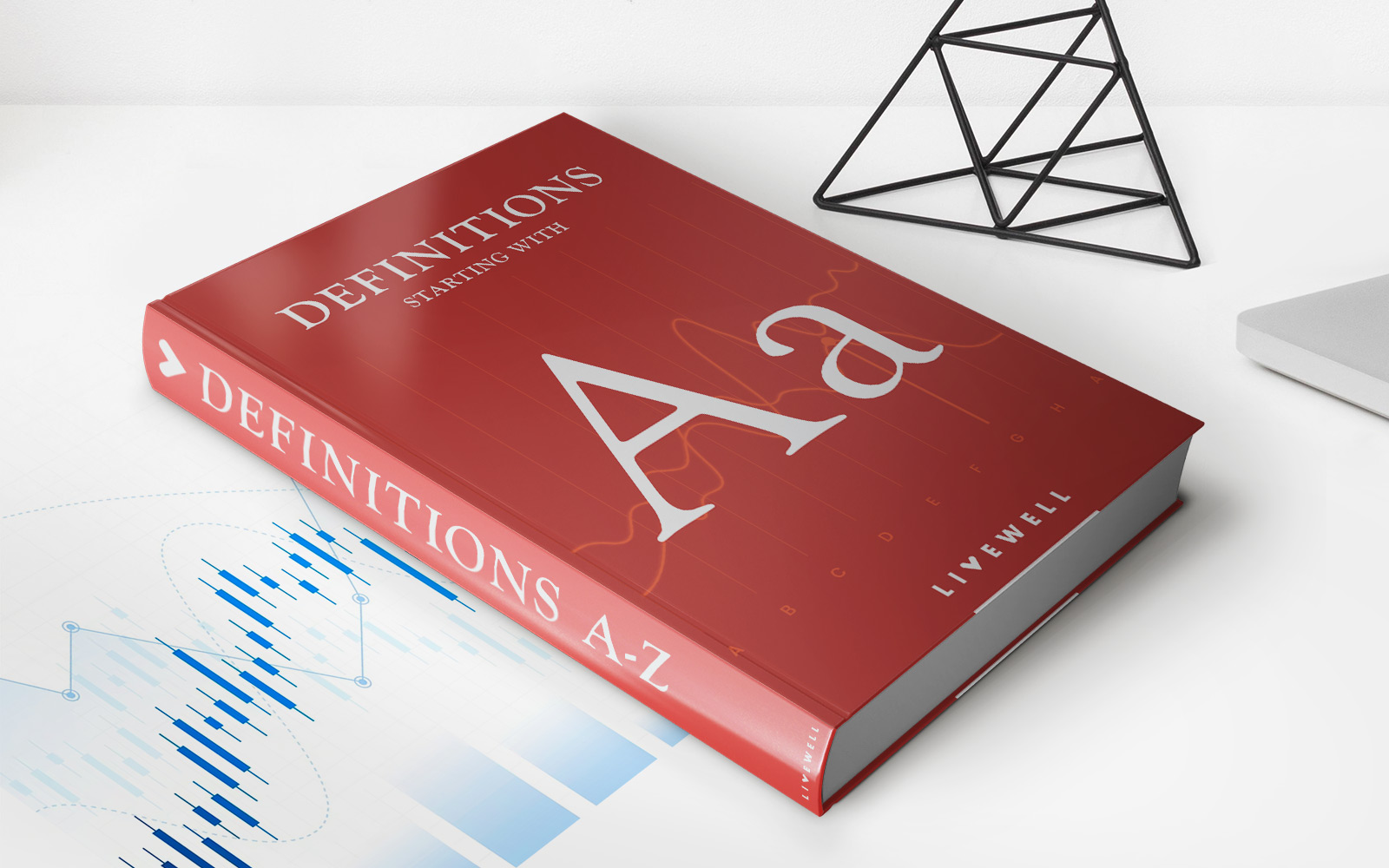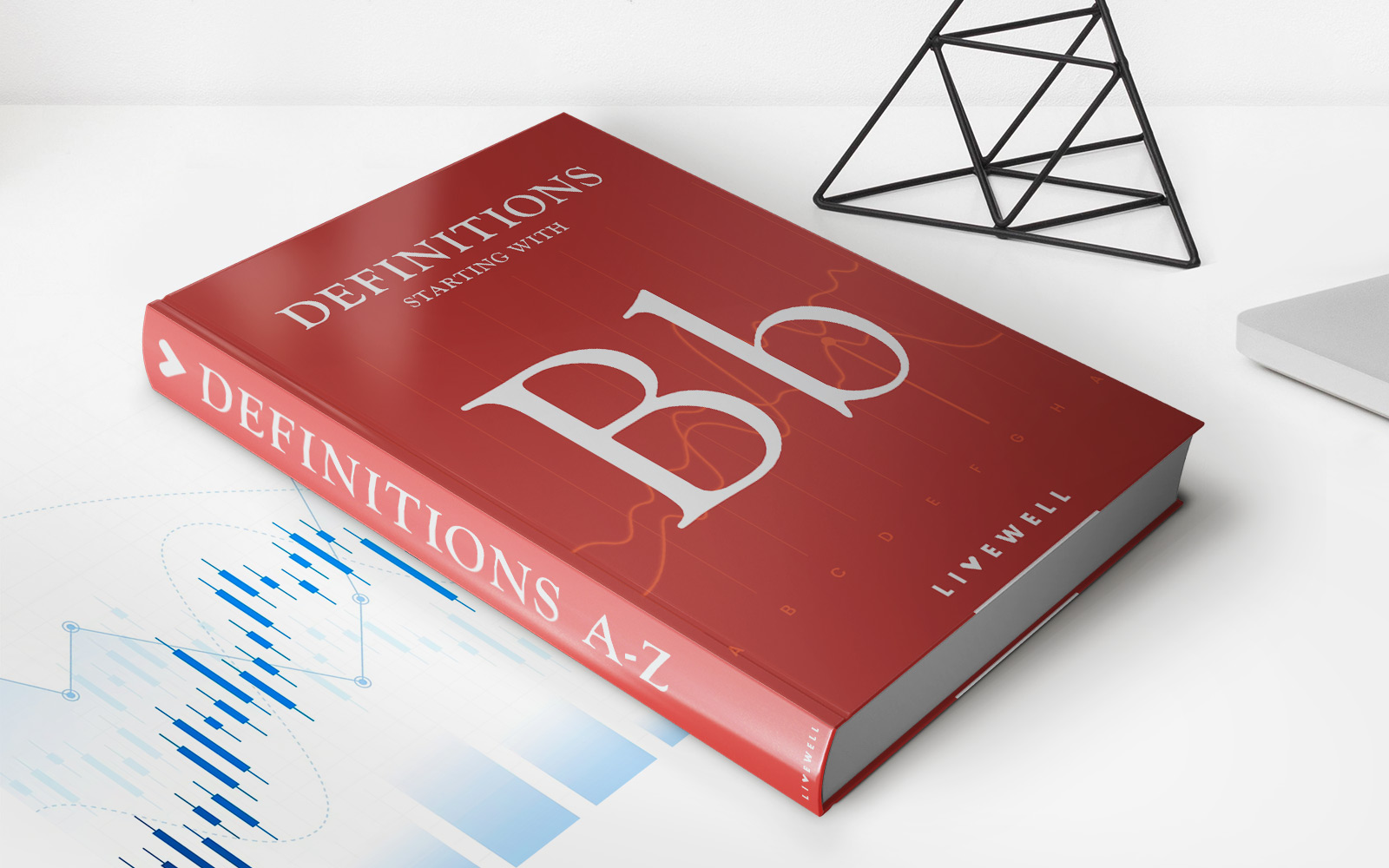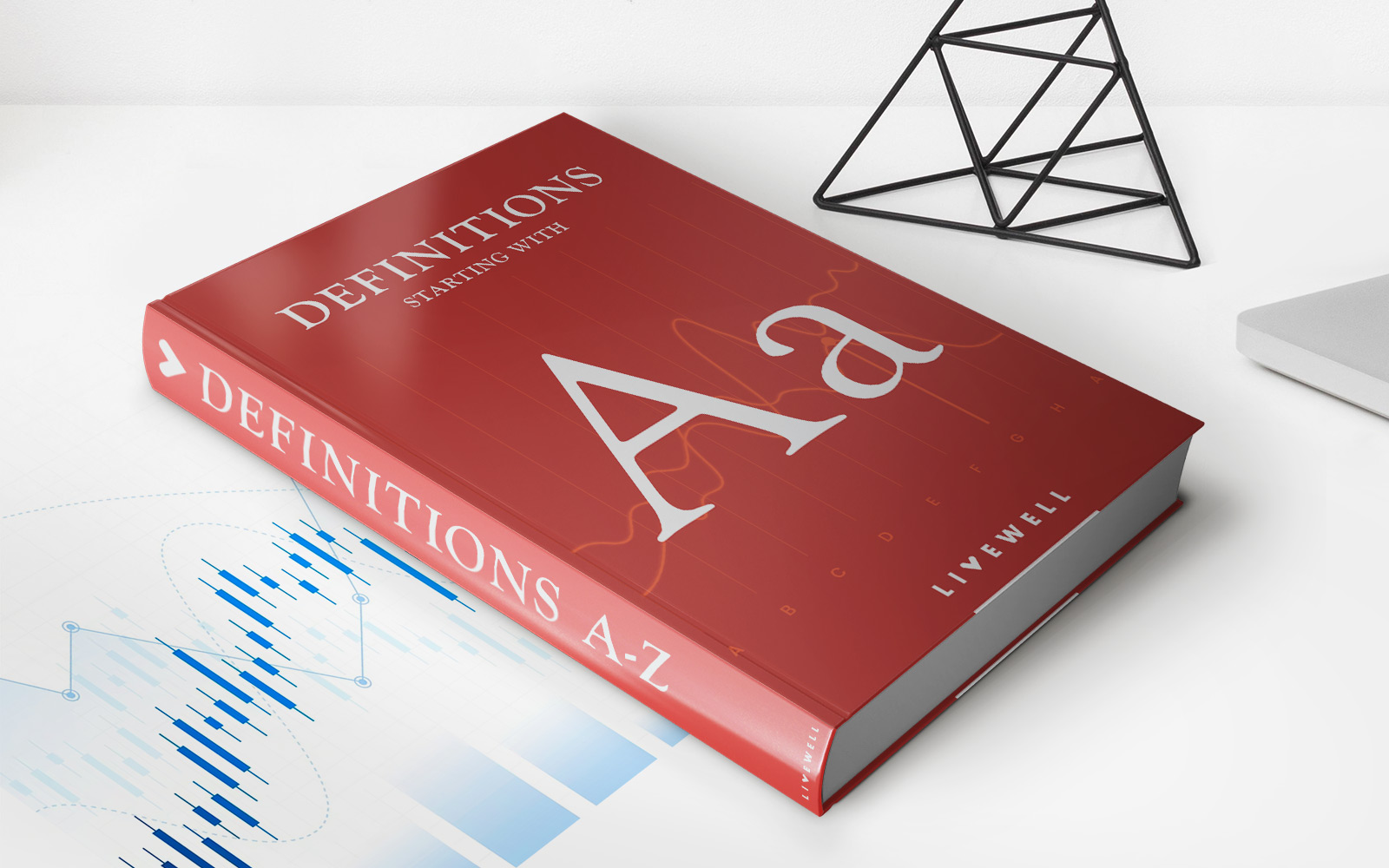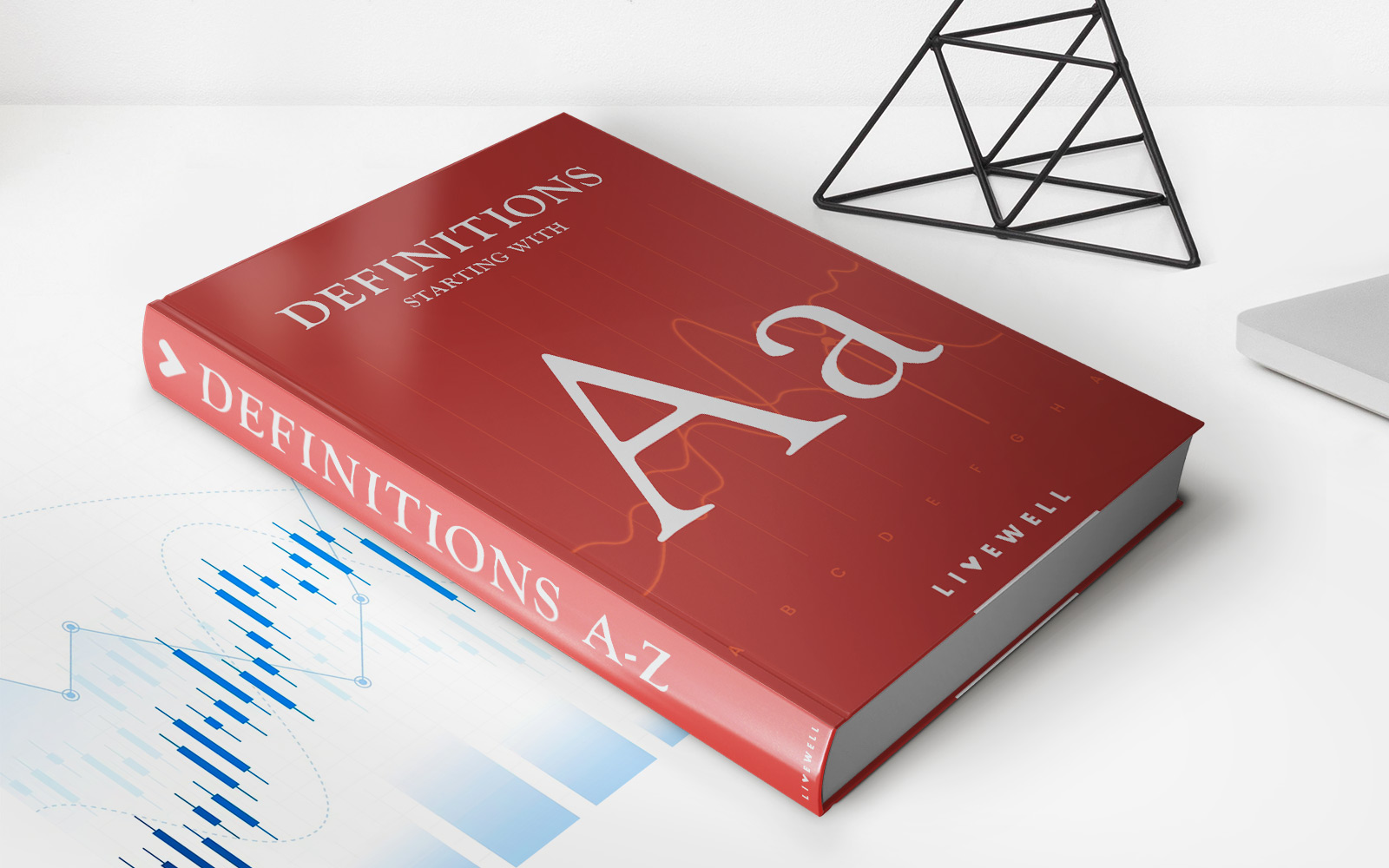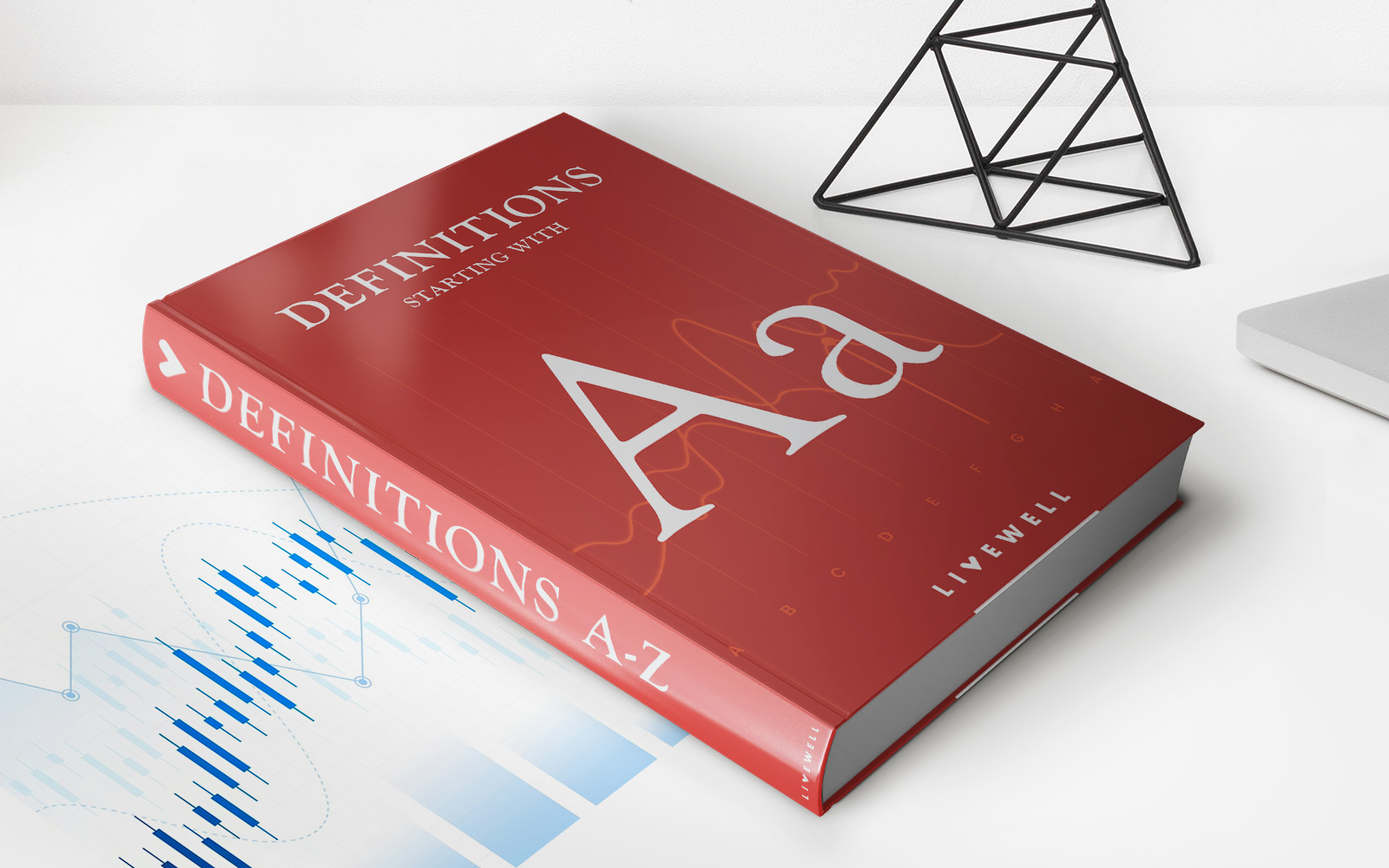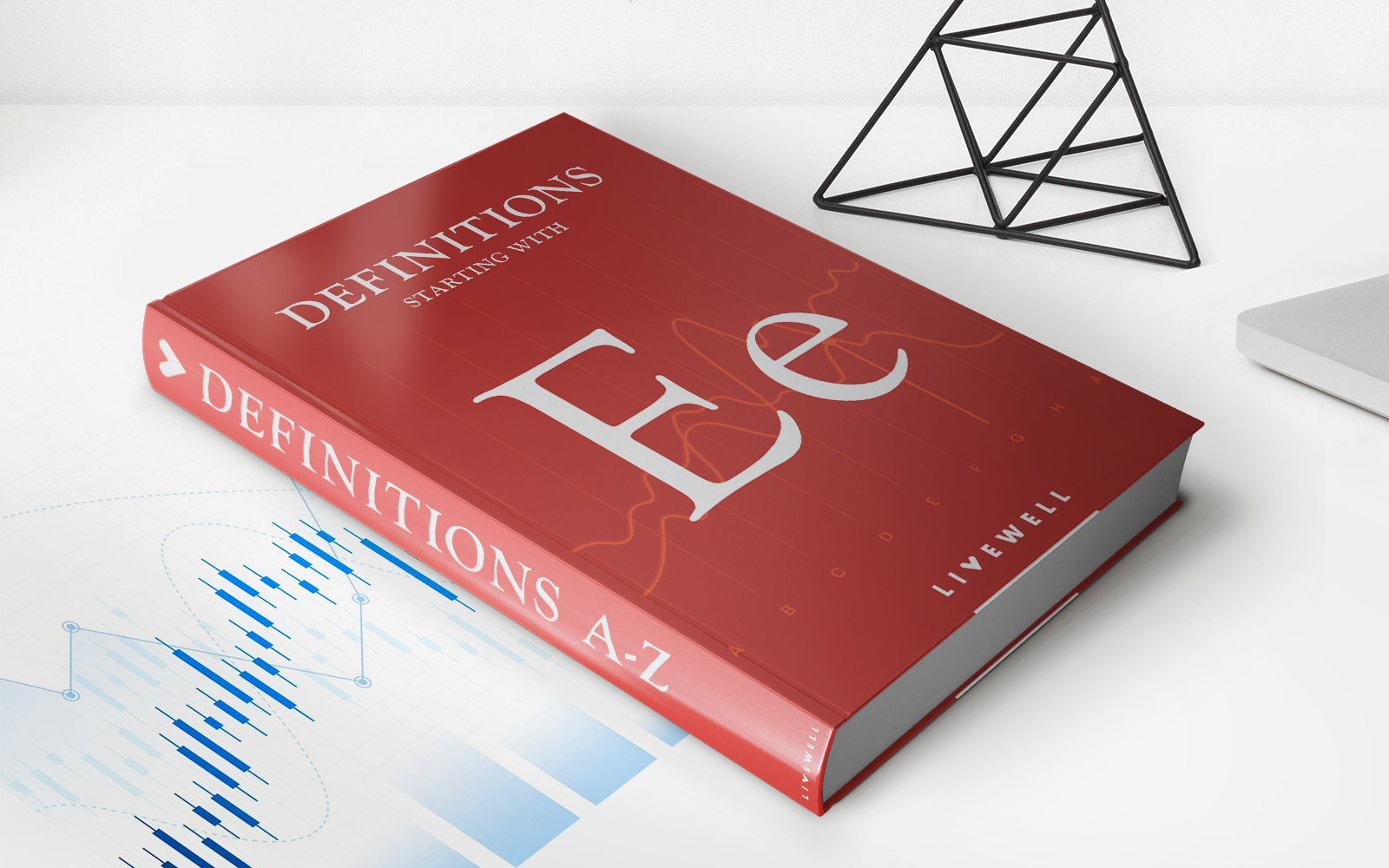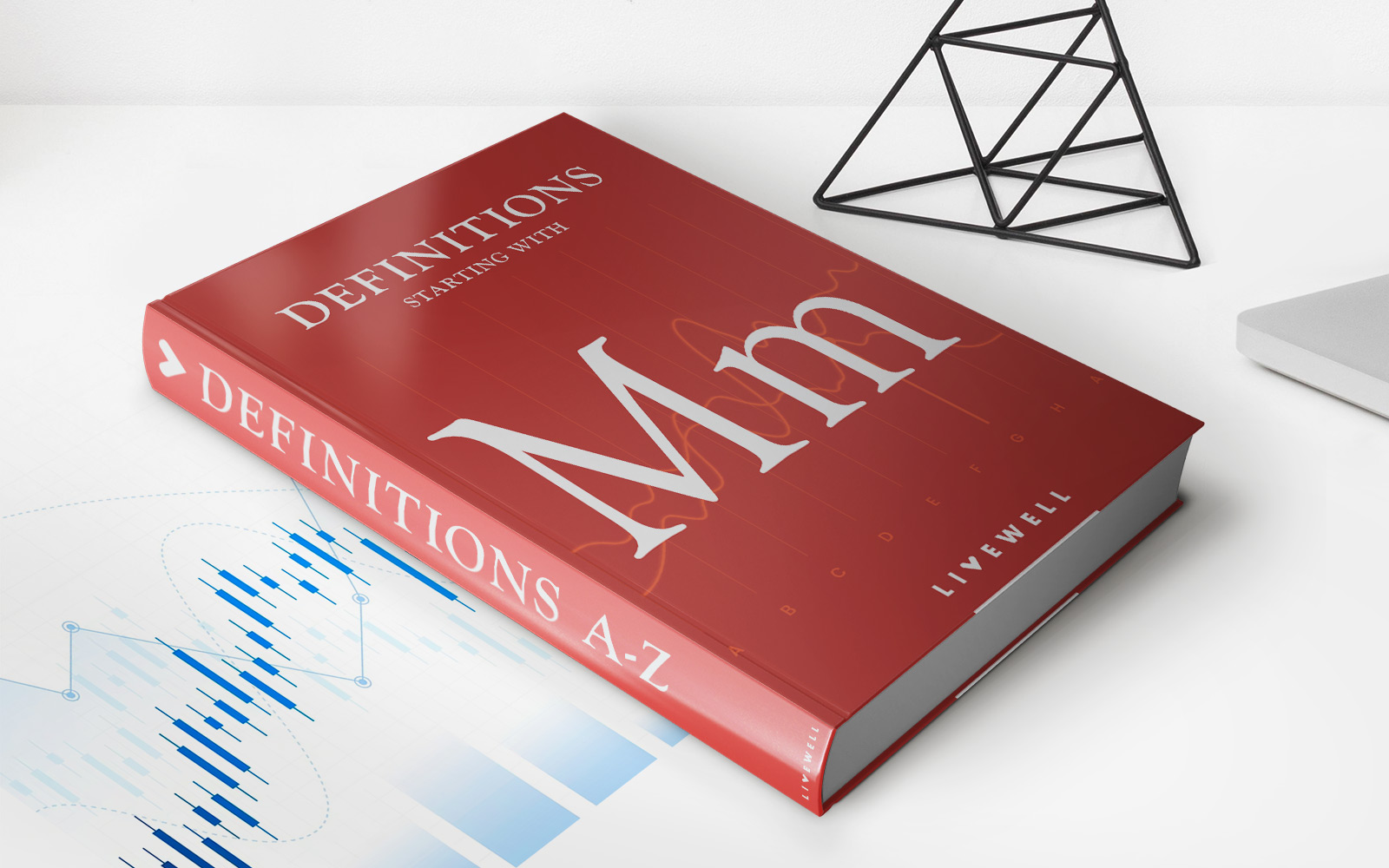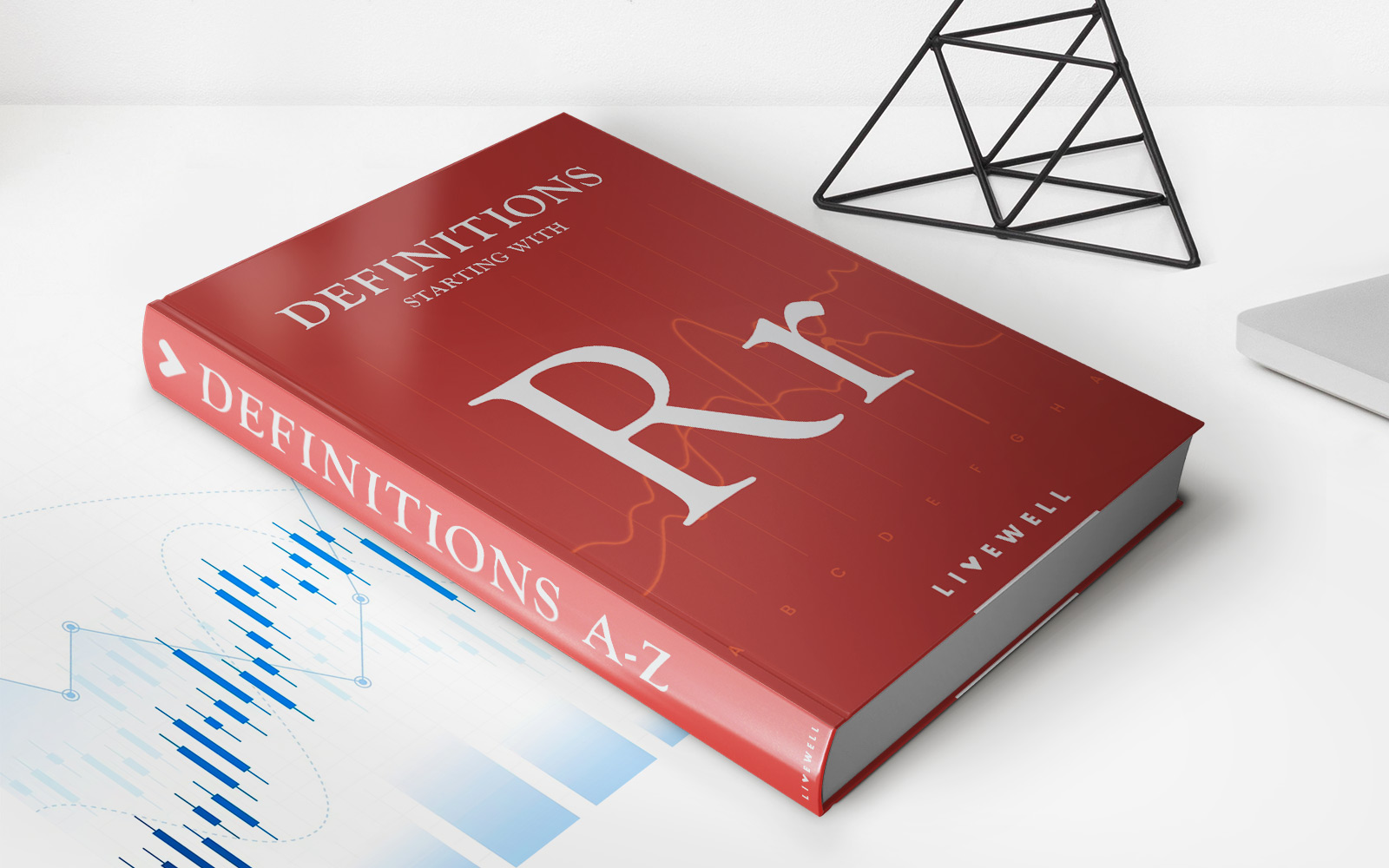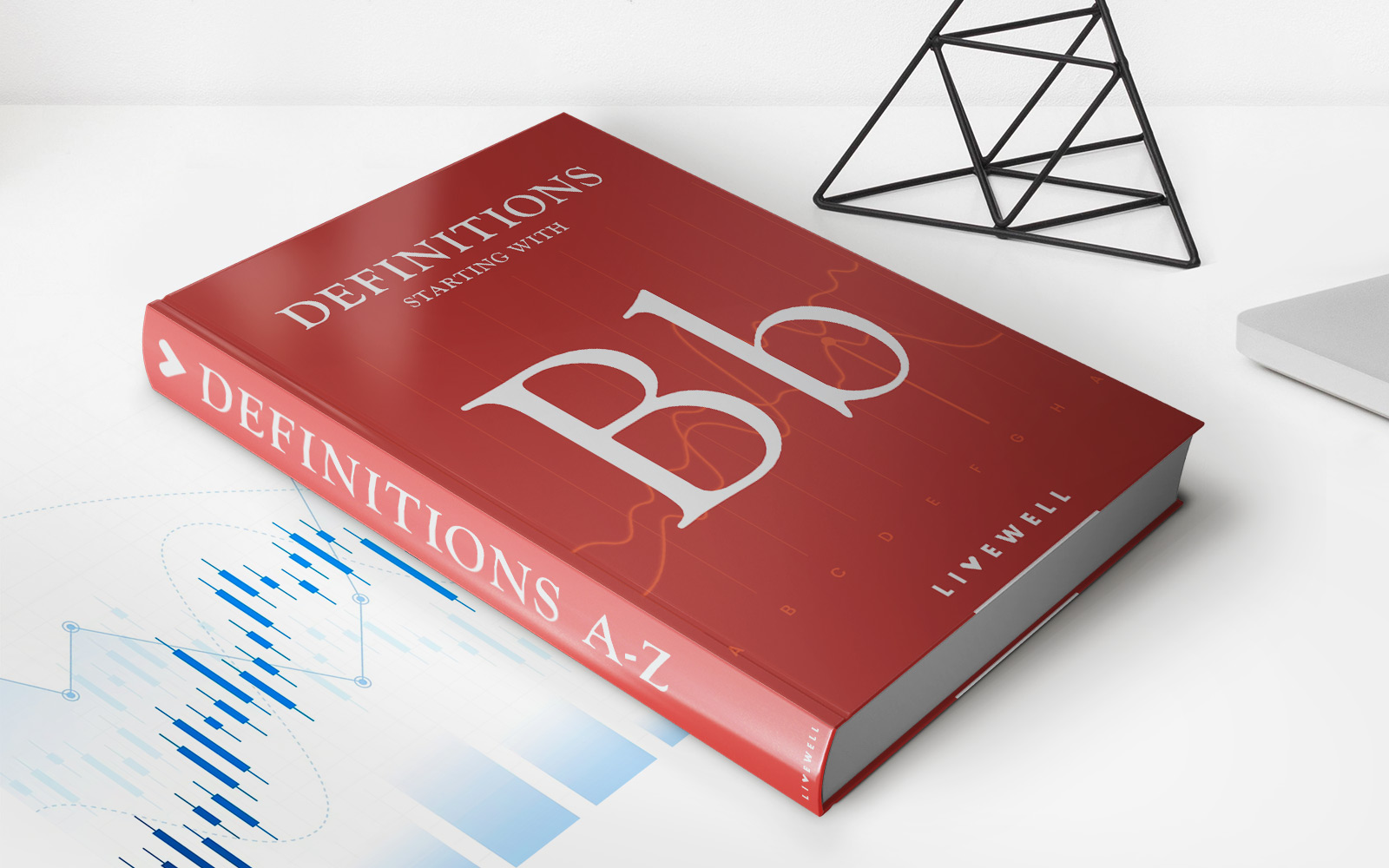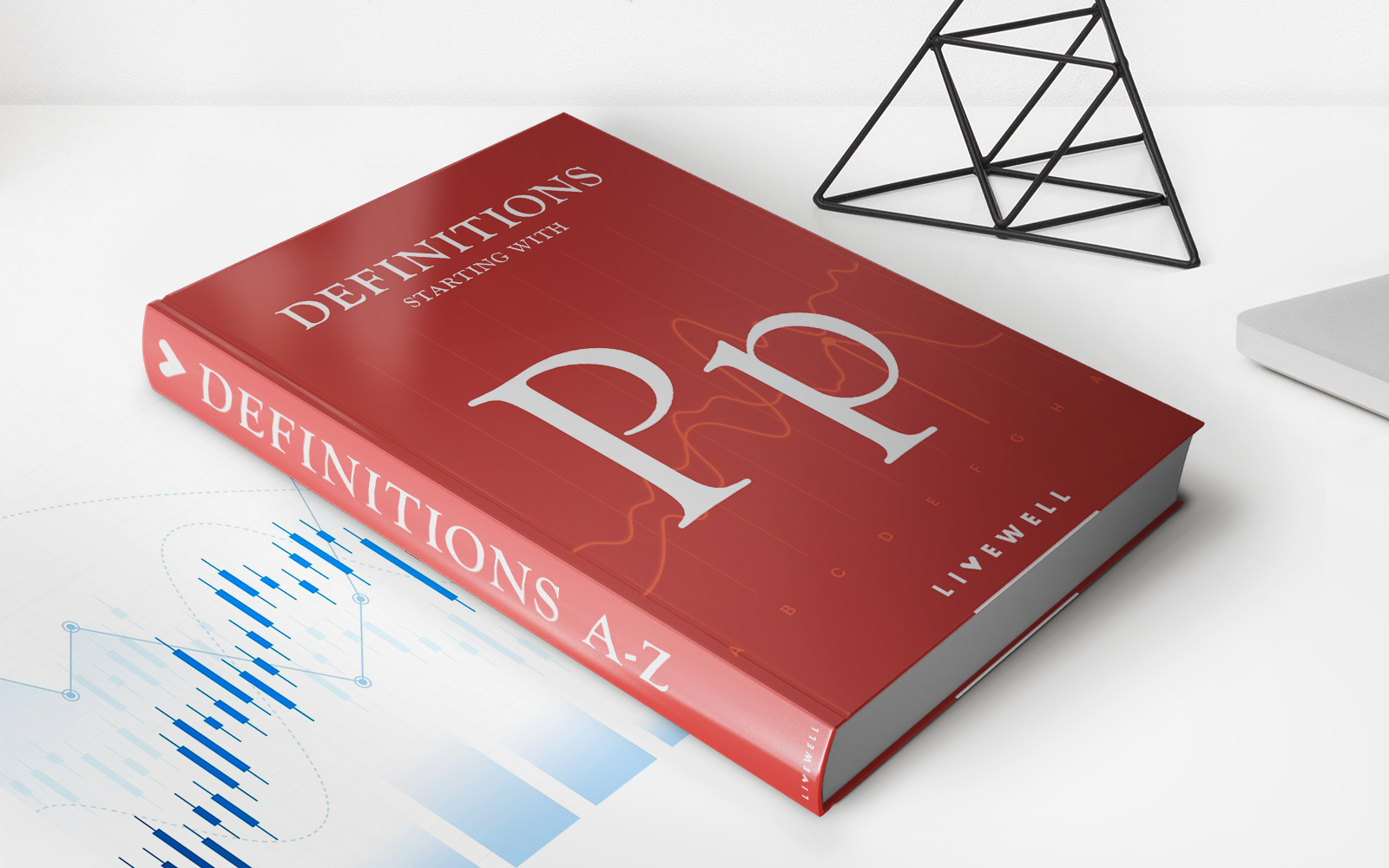Home>Finance>Annual Equivalent Rate (AER): Definition, Formula, Examples
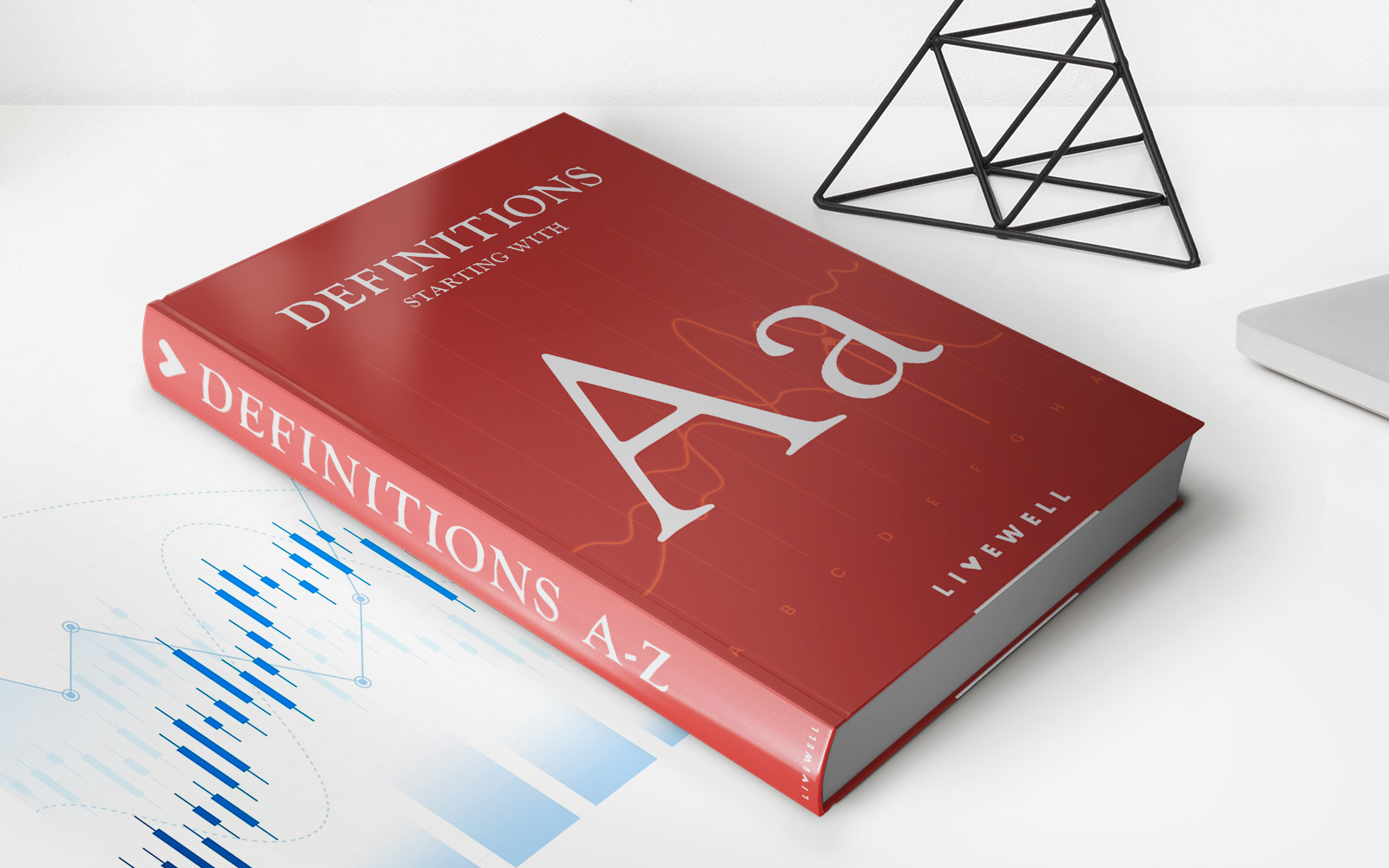

Finance
Annual Equivalent Rate (AER): Definition, Formula, Examples
Published: October 7, 2023
Learn about the Annual Equivalent Rate (AER) in finance, including its definition, formula, and examples. Discover how AER can help you make informed financial decisions.
(Many of the links in this article redirect to a specific reviewed product. Your purchase of these products through affiliate links helps to generate commission for LiveWell, at no extra cost. Learn more)
The Annual Equivalent Rate (AER): Definition, Formula, Examples
When it comes to managing your finances, it’s important to be aware of the different concepts and terms that are used in the world of banking and investments. One such term is the Annual Equivalent Rate (AER). In this blog post, we will provide you with a clear definition of AER, explain how it is calculated using a formula, and give you some examples to help you better understand its practical application. So, let’s dive right in!
Key Takeaways:
- The Annual Equivalent Rate (AER) is a standardized measure used to compare the annual interest rates offered on different financial products.
- AER takes into account the compounding effect of interest, meaning it considers both the interest earned on the initial principal and any interest already earned.
What is AER?
The Annual Equivalent Rate (AER) is a representation of the annual interest rate that takes into account the compounding effect of interest earned on a financial product. It is commonly used as a standardized measure to compare different savings accounts, investments, and other financial products.
But why is AER needed? Well, financial institutions often offer different types of interest rates with various compounding periods, making it difficult for consumers to accurately compare the value of different products. AER solves this problem by providing a single figure that represents the interest rate on an annual basis, allowing consumers to make more informed decisions about their investments and savings accounts.
How is AER Calculated?
The formula used to calculate AER depends on the compounding period of the financial product. For products with annual compounding, the equation is simple:
AER = (1 + r/n)^n – 1
Where:
- AER is the Annual Equivalent Rate
- r is the nominal interest rate (expressed as a decimal)
- n is the number of compounding periods in one year
For example, let’s say you have a financial product with a nominal interest rate of 5% and it compounds annually. Plugging in the values into the formula, the AER would be:
AER = (1 + 0.05/1)^1 – 1 = 0.05 or 5%
This means that the AER for this particular financial product is 5%. It’s important to note that AER is expressed as a percentage to show the rate of return on an annual basis.
Examples of AER Calculation
Now that we’ve covered the formula, let’s take a look at a few examples to help clarify how AER is calculated.
Example 1:
Suppose you have a savings account that offers a nominal interest rate of 2% and compounds quarterly (four times a year). Using the AER formula, the calculation would be:
AER = (1 + 0.02/4)^4 – 1 ≈ 0.0202 or 2.02%
So, the AER for this savings account is approximately 2.02%.
Example 2:
Let’s consider a fixed deposit investment with a nominal interest rate of 7% that compounds semi-annually (twice a year). Applying the AER formula, we get:
AER = (1 + 0.07/2)^2 – 1 ≈ 0.071 or 7.1%
Thus, the AER for this fixed deposit investment is approximately 7.1%.
In Conclusion
The Annual Equivalent Rate (AER) is a vital tool for comparing financial products and understanding the true value of the interest earned on savings accounts, investments, and other similar products. By considering the compounding effect of interest, it provides consumers with a clear and standardized measure to make informed decisions about their finances.
Next time you come across AER while researching financial products, you’ll have a solid understanding of what it means, how it’s calculated, and how you can apply it to your own financial situation.
Remember, being financially savvy is all about equipping yourself with knowledge, and now you’ve mastered AER!
